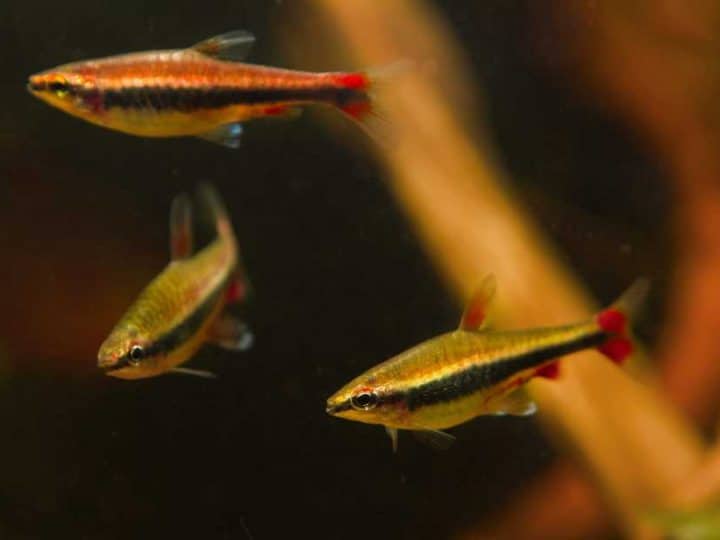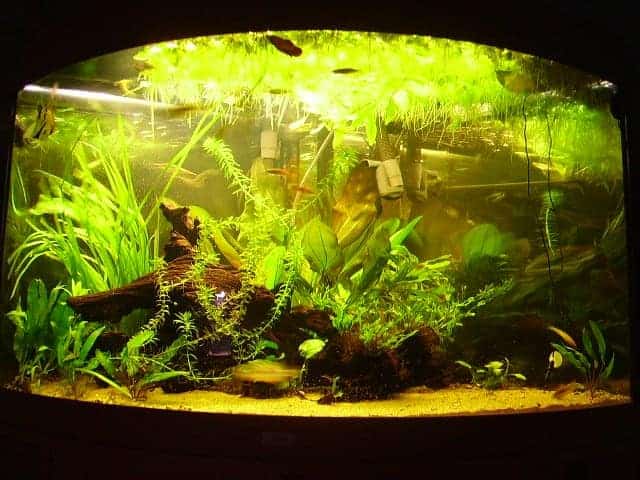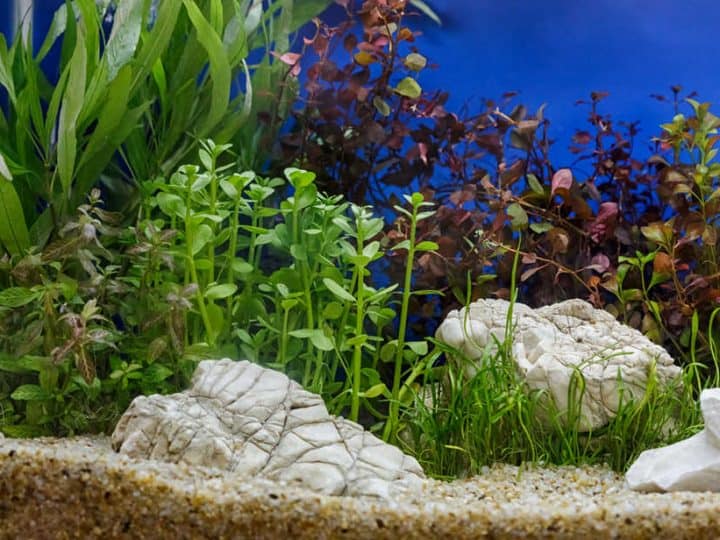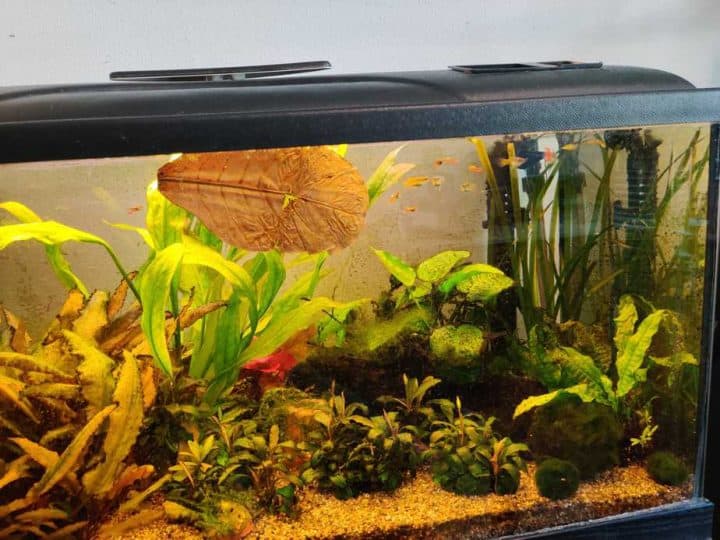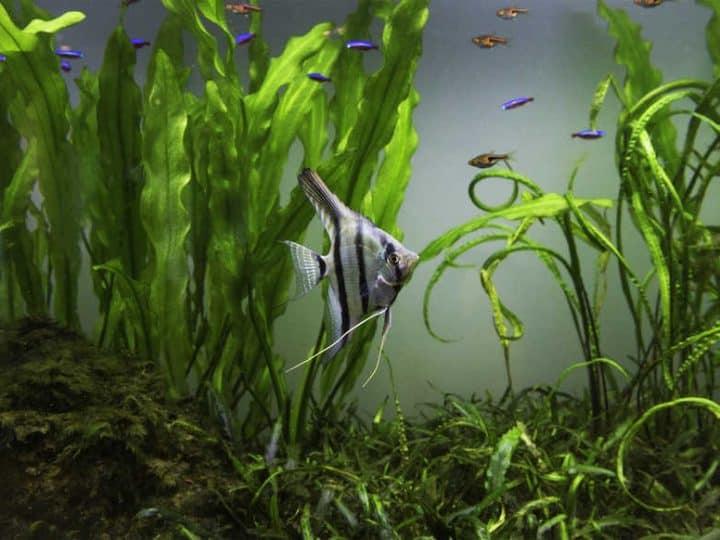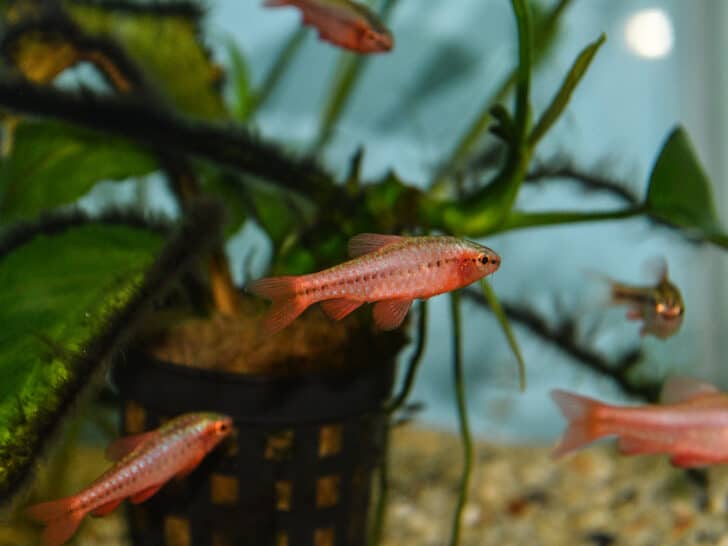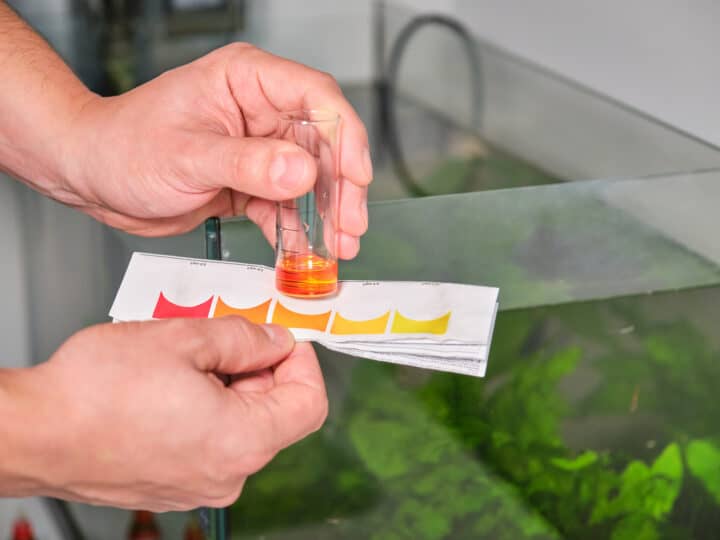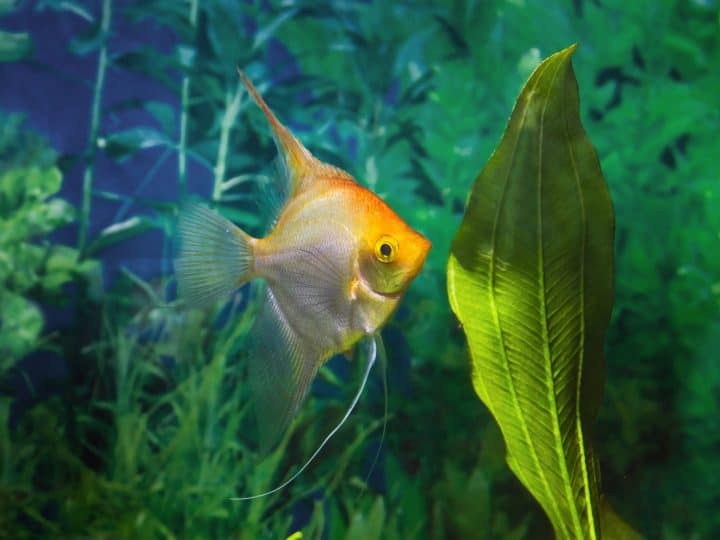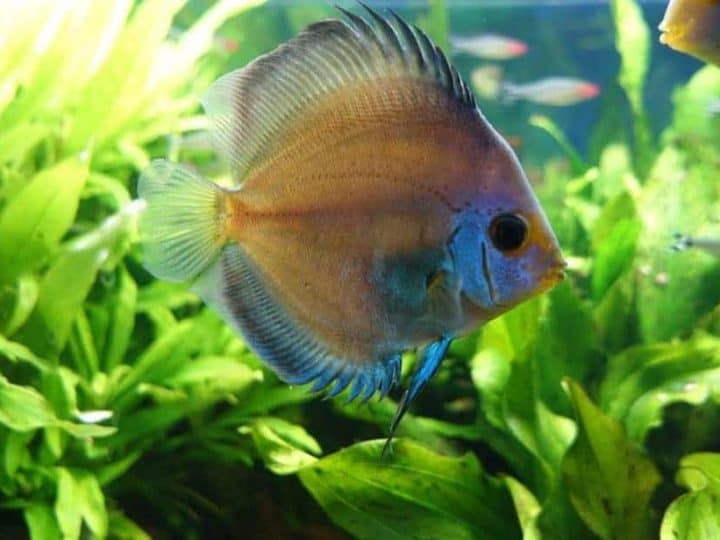Unfortunately despite our best efforts, sometimes a fish does end up dying in our tank. Whether it be from disease or natural causes, there are a few steps to take to ensure the safety of your other fish.
Quick Answer
When you find a dead fish in your aquarium, you need to remove the body immediately. Decomposition starts right away which causes a release of chemicals into the water that can kill other fish in the tank. A partial water change should then be done to remove as many toxins as possible.
The most important thing to do is remove the body of the dead fish, but there are also other steps to take to make sure your tank parameters stay in range along with the health of your other fish.
Test the Ammonia Levels in the Tank
When a fish passes away, the body will immediately excrete ammonia into the fish tank.
Ammonia can kill a fish very quickly, which is why it is imperative to remove the body as soon as you notice the fish.
You can test the ammonia levels in your tank by using test strips for aquariums, which are found at local pet stores or online.
If you have a smaller tank, the ammonia may get high quickly because there is not a lot of water for the ammonia to disperse into.
Therefore, you may need to do a larger water change.
However, if you have a larger tank and notice the fish right away your ammonia levels may not be high.
You could then do a smaller water change to remove excess ammonia and move on to other steps.
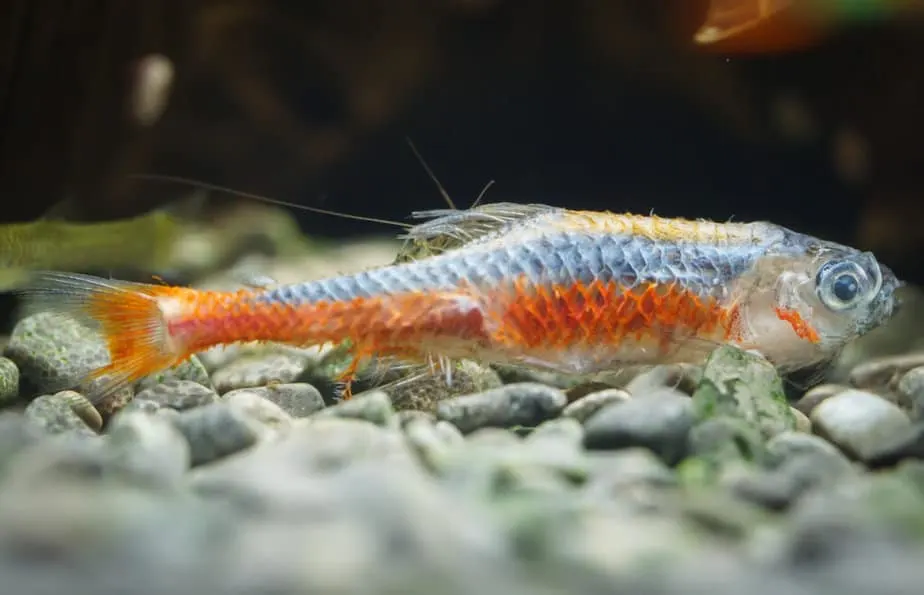
Complete a Partial Water Change
A partial water change should be completed when you find that a fish has died. It is recommended to do a 10% water change at a time to reduce stress on the remaining fish in your tank.
If the ammonia levels remain high after doing a 10% change, or if you have a larger tank, you can complete a 20% partial water change.
In order to complete a partial water change you will need a siphon, dechlorinator, beneficial bacteria, and fishnet. You can keep the remaining fish in the tank while doing a water change.
However, watch for signs of your fish being stressed such as erratically swimming in the tank.
It is important to remember that if you have a larger tank and the ammonia levels are not decreasing, you should wait an hour in between each percentage increment.
Add Beneficial Bacteria to the Tank
As stated, when you complete a partial water change it is suggested to add beneficial bacteria to the tank.
Beneficial bacteria are composed of Nitrosomonas species and Nitrobacter species, which are critical parts of the nitrogen cycle.
The nitrogen cycle breaks down different types of waste in your fish tank such as fish waste, leftover food, dead fish, and dead plants in your tank.
As these waste materials decay they produce ammonia, which is dangerous for your fish and can lead to damaged fins, lethargy, and inflamed gills, which will lead to death in your tank, as well as algae blooms.
These bacterias are crucial because they break down the ammonia in your tank into nitrates.
Even though nitrites are toxic to your fish like ammonia, other bacteria actually break down the nitrites into nitrates which are not toxic to your fish.
Although it may take several weeks for beneficial bacteria to grow in the newly clean tank, it is best to wait for them to grow instead of rushing the cycle, which can shock your fish.
Investigate the Cause of Death
If your tank was not polluted prior to a fish dying then there are ways to find out the cause of the death.
Once you have removed the dead fish from the tank you can examine the body in order to find the cause of death, or rule out potential threats for the remaining fish in your tank.
When inspecting the dead fish, look for signs or any injuries, such as bite marks or rigged fins.
These injuries can be caused by aggression from another fish in the tank or even from a sharp edge on a dedication inside the tank.
Also, look for signs of the fish being sick, an illness can show up as patches of discoloration, unusual bloating, or even white spots that were not there before.
This could be a sign of a disease inside the fish tank that could spread to the rest of the fish that remain alive.
Make sure your aquarium thermometer is functioning properly so you can rule out thermal shock as a reason for the death of the fish.
Check the water temperature difference from the daytime as well as night. Even a 2-3 degree difference in the temperature can be stressful for most tropical fish.
There could have been other environmental elements that also took part in the death of the fish, such as accidental chlorine added to the tank by mistake.
There are only a few fish that can live in a 5-gallon tank comfortably. Overcrowding can lead to stress.
For example, guppies, a schooling species, should be kept in smaller groups in order to maintain their natural hierarchy.
Smaller fish do have a shorter life span and your dead fish may have just died simply from old age.
With a larger fish, it is unlikely that it passed from old age and could have died from one of the reasons listed above.
Common Causes of Death
Besides the causes of death that are mentioned above, some of the common causes of death in fish can be starvation, incorrect tank setup, tank maintenance, stress, and incompatible tank mates.
Properly feeding your fish is a very critical thing to learn for a beginner.
Knowing when and how much to feed your fish is very important to ensure that your fish are receiving a healthy diet and not only getting enough food but at the same time not starving.
It is recommended to feed your fish once a day, and that you only put what your fish can eat within a few minutes. Overfeeding can cause algae outbreaks in your tank.
Starting a Tank
The initial setup of your tank is a very important step in starting your aquarium. When you first get a tank that has no microbe colony, it is very important to cycle your tank in order for the microbes and healthy bacteria to form in order for you to create a healthy environment for your fish.
Stress
Stress is a common factor when a fish dies prematurely. There are many signs that you can observe in your fish to identify if they are under stress.
Noticing behavioral patterns such as excessive hiding, surfing around the glass, or swimming erratically are signs that your fish is under stress.
This stress could be for example caused by issues with the water parameters, an aggressive tank mate, or an inadequate tank size which can lead to overcrowding.
Looking for more information on aquarium fish?
In that case, make sure to check out our aquatic fish page. There you’ll find everything you need to know about aquarium fish, shrimp & snails.
Compatible Tank Mates
Different species of fish show different behavioral patterns. Choosing fish that are compatible with each other is very important.
Some fish are more aggressive than others and cannot be mixed with other fish.
This can lead to the death of one or multiple fish in your tank. When initially setting up your tank it is very important to do research to see which species are compatible with each other prior to the purchase of your fish.

